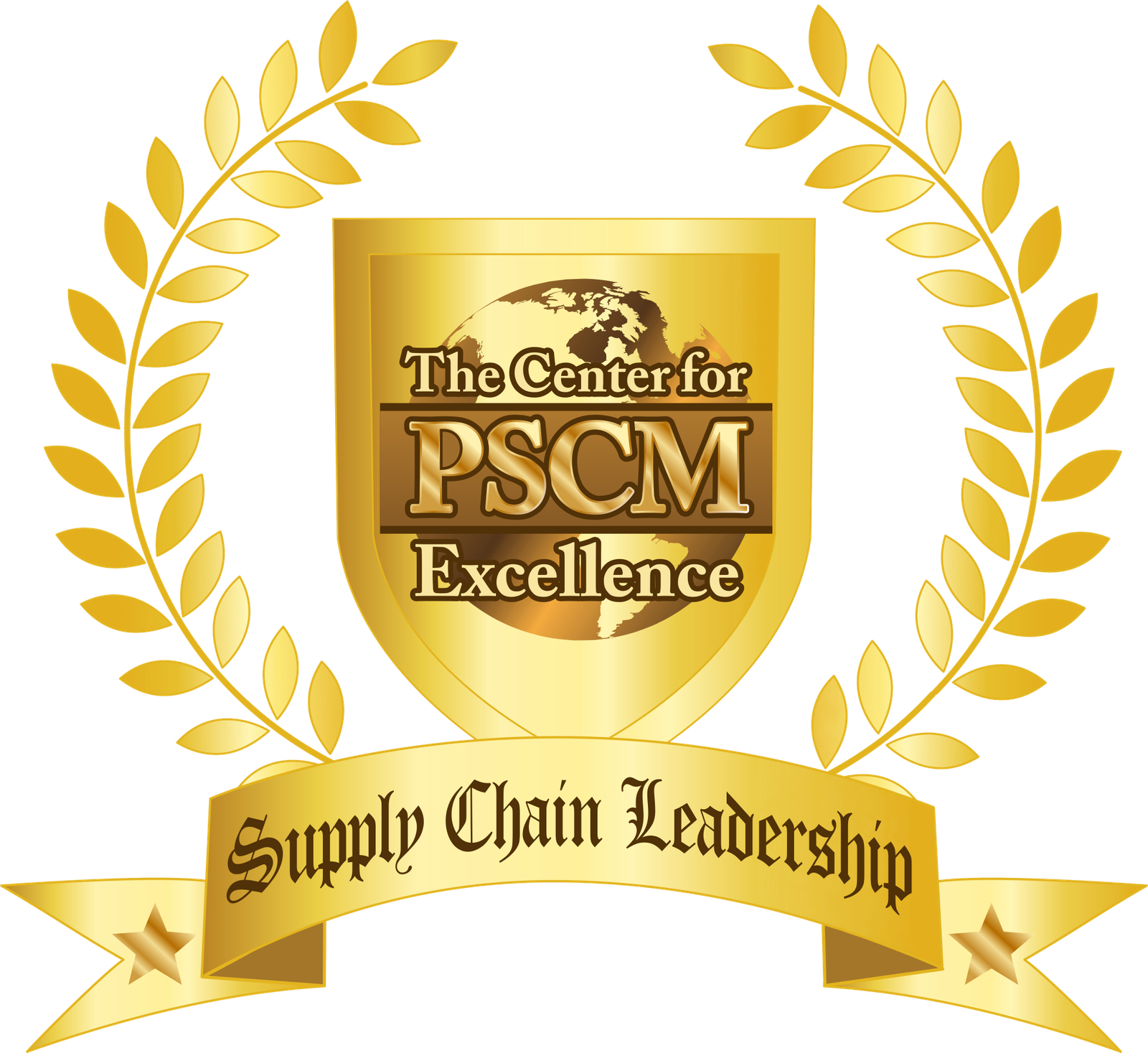
Let me be bold and pull no punches: The procurement function has possibly the least experience with driving influence of any major organizational function in large companies.
And you may find this counterintuitive, thinking “but all we do is negotiate huge high stakes deals, more than any other function, so how can this be true?”
The answer is really simple: we’re the only internal department that has been exclusively taught to get their way *using money*.
Do you think HR or manufacturing or marketing influences other internal business units by dangling millions of dollars? Of course not. They’ve been trained from the very beginning to influence without the presence of money. What a gift.
And we in procurement are accomplishing all sorts of marvelous things, largely because of the money. But cut that money by 90%, and suddenly those marvelous things go away.
Procurement achieves external results using the criteria of what is best for them, which is what they’re supposed to do.
And suppliers fall in line with procurement’s needs and wants, which is what they’re supposed to do. But this is a terrible training model for us.
How many procurement organizations do you know that are accomplishing wonderful things externally, but struggle endlessly trying to influence business units internally? The answer is every single procurement department out there.
And procurement has never been trained on how to negotiate under these circumstances. We can therefore define INFLUENCE as the ability to negotiate without pushing mandates or dangling money. This results in the other party falling in line because they want to, not because they have to.
Which brings us to the harshest reality of all. Read this twice: the reason business units engage procurement late is because they don’t see the value of engaging them early.
If they saw the value, wild horses couldn’t stop them from engaging you early. This doesn’t mean you don’t deliver value. It just means that they don’t perceive it. Big difference.
And if we peel all the layers of the onion, what it really comes down to is really good influencers focus on the other party’s objectives and really bad influencers focus on their own agenda.
And in procurement, we’ve been trained that when you have money, you can focus on your agenda. And it works. Spectacularly.
But then we try to do the same when we go to influence internally, and it doesn’t work. It hasn’t worked and it will never work. Policies or not.
And so, the solution, the way out of this, is for us to drive influence by presenting an agenda that focuses exclusively on what’s in the best interest of the business units instead of what’s in our best interest.
This is what business units want to hear.
How we present ourselves to the business units, and how we present our strategies needs to demonstrate that we are focused on *enabling business unit success*. Don’t forget, that’s the reason your company exists.
This also requires having a deep understanding of what your business units do, how their results are measured, what initiatives they have in flight, what keeps them awake at night, what’s working and what’s not, and much more.
When this is deeply understood and strategies are presented with these goals in mind, then we are no longer an organization that is trading money for goods & services.
We become an organization that is enabling PERFORMANCE RESULTS. We solicit, negotiate, contract for, and receive PERFORMANCE RESULTS. And we do that with full allegiance to our policies and procedures. But that’s back office allegiance. In the front office, where you are end user facing, the exclusive focus has to be on business unit outcomes.
I’ve worked with a number of Fortune 100 companies to help drive this transformation. It’s truly incredible to watch. The business units perceive procurement as enabling their agenda, and they engage procurement early because they see the value of doing so.
Procurement in turn is able to not only ensure that a performance outcome driven model is negotiated for, but is also able to start driving upstream demand streamlining initiatives in collaboration with the business unit and suppliers – we’ve been seeing this result in 18% surgical removal of costs on average.
All we have to do is unwire everything we’ve ever learned. Negotiating with money is COMPLETELY different than influencing without money or mandate. Suppliers have to fall in line. Business units don’t.
Now go off and do something wonderful. Be your best!
Omid G.
“THE Godfather of Negotiation Planning” ~ Intel Corp
P.S. if you want to engage in world class capability building of your procurement organization or are personally interested in getting rockstar skills with our CPSCM™ program, feel free to reach out to my office at support@PurchasingAdvantage.com to find out more.


